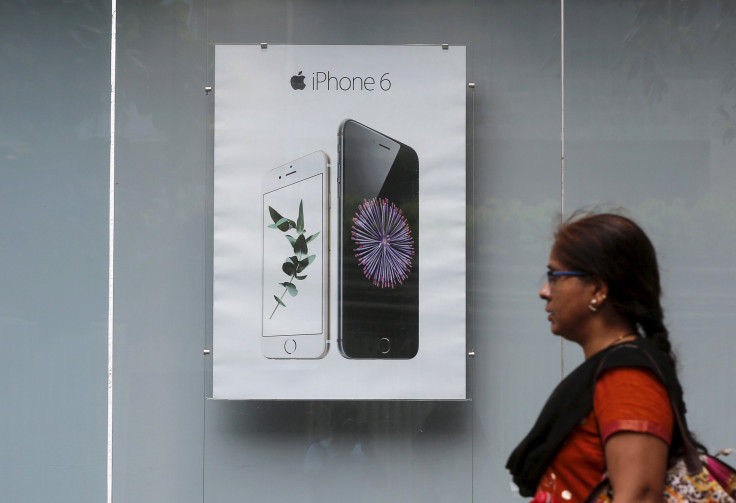iPhone Sales Unlikely To Get Boost From India, Which Is No Apple-Obsessed China

Amid the doom and gloom of falling iPhone sales and worse-than-expected revenue guidance in Apple's earnings report for the holiday quarter, there has emerged one source of optimism. That's India, where Apple saw iPhone sales surge 76 percent in the final three months of 2015. Cue articles talking about the subcontinent's "growing appetite for iPhones" and comparing this moment to the third quarter of 2014, when Apple sales in China exploded.
The truth, however, is rather different.
While Apple and India may be in the early courtship stages, and Apple does indeed need India, the country is an entirely different market from China when it comes to smartphones. And despite those soaring sales in the final three months of 2015, Apple still holds only a 2 percent share of the world's fastest-growing smartphone market — trailing the likes of Samsung and domestic players like Micromax.
While the 76 percent sales growth in India is impressive, especially compared to the iPhone's overall sales growth of just 0.5 percent in the quarter, that figure needs to be considered in light of previous sales figures. Analysts are quick to point out that a 76 percent increase on nothing is still nothing.
Apple does not break out sales figures for India, lumping them in with the rest of Asia-Pacific. But CounterPoint Research estimates that the company sold 800,000 iPhones during the period, which, if correct, suggests it sold roughly 450,000 iPhones in the same period in 2014.
While the growth is impressive, it's clear that the increase in sales in India is not moving the revenue needle significantly. Even worse for Apple is the fact that in India the most popular model is the 5-year-old iPhone 4s, which typically sells for around $200, meaning Apple doesn't make anywhere near the 70 percent margin it is making on its latest smartphones.
While many see India as the new China for Apple, there are significant differences that suggest Apple may never see the kind of growth on the subcontinent that it has seen in the People's Republic. Apple is an aspirational brand in India, and it has stepped up marketing and retail efforts there in the last year. But Indian consumers are much more concerned about getting value for their money than buying something with the Apple logo.
"In China, there is a big conspicuous consumption aspect to the culture where the people want to have the expensive stuff and show it off," Jan Dawson, chief analyst with Jackdaw Research, recently told International Business Times. "In India, that exists in some segments, but there is more of a frugality mentality, so people want to be seen to have made a smart purchase rather than an expensive purchase."
Carolina Milanesi, research director with Kantar WorldPanel ComTech, told IBT that in the short term India is not going to be a huge revenue generator for Apple, but it is worth the investment because "India has a lot of potential for Apple, [but] India is no China when it comes to overnight success. It will take longer."
India is the most expensive place to buy an iPhone in the world, due in part to import duties and taxes, with the iPhone 6s priced at 52,000 and 55,000 rupees ($785-$830) — and that is after a recent price cut. The lowest-end iPhone 6s sells for as much as a third of the average annual salary in India. As CounterPoint analyst Neil Shah says, 70 percent of smartphones sold in India are priced less than $150, "a segment where Apple simply doesn't play."
One potential solution to this problem is to introduce a cheaper iPhone. Apple is widely reported to be doing just that, with the so-called iPhone 5se tipped for launch in March. But with a price unlikely to be much under $400, it will still be out of reach of most Indians. Add to this the fact that smartphones in India are most consumers' primary computing device and therefore large screens are essential, a 4-inch iPhone is simply not going to cut it for many users.
© Copyright IBTimes 2025. All rights reserved.




















